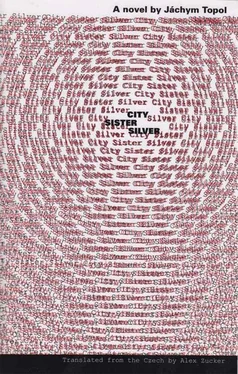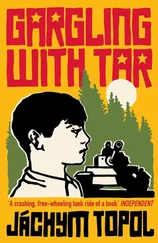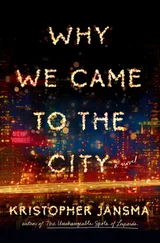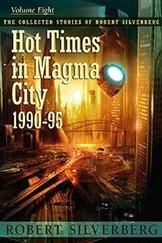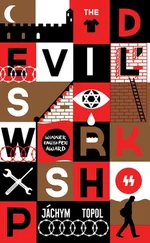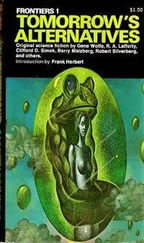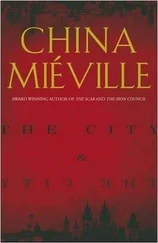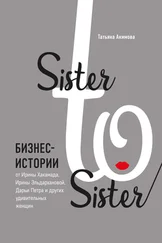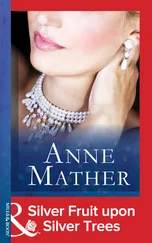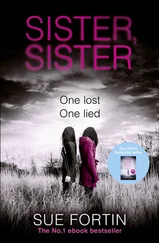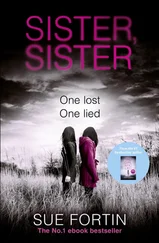164. Battle of Britain: in which Czech pilots flew with the Royal Air Force against the Luftwaffe (1940).
Milan, King Vladislav: In 1158 Vladislav II, of the Přemyslid dynasty, was granted royal title as King of Bohemia by the Holy Roman Empire.
Reinhard Heydrich was the SS officer in charge of the Protectorate (see note for p. 101). In June 1942 he was assassinated by a Czech and a Slovak who were parachuted in from England. This led to the Heydrichiad, a wave of recriminations against the Czech population, including deportations to camps and the razing of two Czech villages. The assassins themselves were hunted down and killed by the Nazis after taking refuge in a church in Prague.
170. Gingerbread: Perník, a homemade amphetamine named for its color, popular in the Czech Republic.
Brno: A city two hours’ drive southeast of Prague, the capital of Moravia and the Czech Republic’s second-largest city. Reference to a well-known literary talk show that was taped there.
172. Rafal Wojaczek(1945–1971), poet described by some as Poland’s postwar Baudelaire.
177. Di do prdele: “Shove it, “up yours,” in Czech.
Chlop zasrany: “Shithead,” “piece of shit peasant,” in Polish.
178. “Give the knife, get the knife.” A Romany saying.
179. The Stag Moatis located at Prague Castle.
small works: a philosophy advocated by Tomáš Garrigue Masaryk, cofounder and first president of Czechoslovakia, in which large-scale change is brought about through the accumulation of small, individual efforts.
201. An untranslatable pun: samo means “by itself,” i.e., the boy is answering that it happened “by itself,” but his questioners believe that he is telling them his name. Sámo, however, was a Frankish merchant who united and ruled the western Slavs in the seventh century. According to German sources, he was actually a Jew by the name of Samuel, but as far as the Slavs were concerned, he was a Frank who betrayed the Franks. Samo was also responsible for teaching the Slavs modern warfare.
202. The Boii(in Czech, Bojove) were the Celtic people who gave their name to the region of Bohemia.
212. The people of Ingushetia, a small mountainous territory in the Caucasus next to Chechnya. The Ingushare Muslims, and after Stalin deported them for siding with the Germans in World War II, they were not allowed to return home until 1957. Now a republic in the Russian Federation.
230. German for “Foreigners out!”
235. The horses of Winnetou, an Apache, and Old Shatterhand, a white man, from the Western stories of Karl May (see note for p. 66).
241. From The Bagpiper of Strakonice (1846) by Josef Kajetán Tyl. A drama in which a bagpiper leaves the Czech Lands to make his fame and fortune abroad, but is morally tainted by foreigners. He is saved when he returns home and takes a Czech wife.
250. Land of Dreamers : The title of the Czech translation of the German book Die andere Seite (The Other Side, 1909), written and illustrated by Alfred Kubin; not actually filmed.
Winnetou: an East-German film based on Karl May’s Western stories (see note for p. 66).
Mrazík“Grandfather Frost,” a Soviet fairy tale designed to replace St. Nicholas (Santa Claus), shown every year on Czech TV.
254. Jiří Korn, Czech pop singer famous in the 70s and 80s.
256. Play on Edward Kelley, one of two English alchemists (along with John Dee) invited to serve in the Prague court of Emperor Rudolf II in the 1580s.
258. English for Neználek, protagonist of a Soviet series of children’s books with titles like Neználek on the Moon, Neználek in the City on the Sun, and The Adventures of Neználek.
260. In Ukrainian, Chernobyl means “wormwood.”
269. Divadelní Akademie Múzických Umění, the theater school at the Academy of Performing Arts in Prague.
285. The word luna for “moon” was introduced into Czech poetry by Karel Hynek Mácha(see note for p. 55).
293. Vladimír Holan(1905–1980), major Czech lyric poet.
315. Lucerna (1905), an allegorical fable by Alois Jirásek (1851–1930), popular Czech historian and ethnographer.
319. Described in a book of Kazakh legends, The Day Lasts More Than a Hundred Years (1980) by Chingis Aitmotov. Young men captured in battle are shaved bald and fresh-stripped patches of camel skin are placed on their heads. As the skin dries in the sun, it shrinks around the victim’s skull, squeezing it like a vice. Most either die or lose their memory forever, becoming a mankurt.
322. Stepan Bandera(1909–1959), Ukrainian nationalist who fought with Hitler against the Communists in World War II. At the end of the war, he turned his forces against the Germans.
328. Reference to Václav Havel’s famous essay “The Power of the Powerless” (1978), in which Havel used a greengrocerto illustrate how even minor deviations from accepted behavior represent a threat to the Communist power structure.
336. Site of the monastery in Moravia whose monks produced the first complete translation of the Bible into Czech (1579–1593), known as the KraliceBible. The language of this work served as a norm for some 250 years.
367. A play on Medzilaborce, the eastern Slovak town where Andy Warhol’s family comes from, and where, due largely to the efforts of Czech artist Michal Cihlář, a Warhol museum was set up in 1990. Cihlář means “brickmaker,” thus “the guy with the brick.”
379. Kyselice: “Acidville” in Czech.
Bezbožice: “Godlessville” in Czech.
380. Hungarian word for treeless plains or steppe.
381. Reference to the title Golet v údolí (Exile in the Valley, 1937) by Ivan Olbracht (Kamil Zeman, 1882–1952), stories based on the life of Jews in the Carpathian region. The subtitle of the book is The Sad Eyes of Hana Karadžičová.
387. A Great Mother-type figurine discovered at a 25,000-year-old site in Dolní Věstonice (southern Moravia), the earliest evidence of clay firing.
406. Benderites: See note for p. 322.
Slovak National Uprising, August-October 1944, in which some 80,000 insurgents, both non-Communist and Communist, battled German forces in the mountains of central Slovakia. Though nominally independent, Slovakia was a puppet state of the Nazis during World War II.
460. English for a Czech collection of seventeenth-century baroque German poetry, translated into Czech in 1959.
463. Neighborhood in Prague 6, home to the Benedictine Archabbey, oldest monastery in the Czech Lands, founded by St. Adalbert c. 993 (see note for p. 488).
470. Jan Welzl(1868–1948), a Czech who spent some thirty years above the Arctic Circle as a trader, hunter, and Inuit chief. Upon returning to Czechoslovakia in the 1930s, he wrote several books about his adventures.
František Venclovskýwas the first Czech to swim the English Channel.
471. Obora: Park in Prague 6-Liboc, site of the battle in which the Protestant troops of the Bohemian Estates fell to the united armies of Austrian Emperor Ferdinand II and the Catholic League on November 8, 1620, the famous Battle of White Mountain.
477. Battle in which the mainstream branch of the Hussites, known as the Utraquists, allied with Catholics to defeat various more radical branches (1434). As a result, the Hussite Church was accepted by the Papists.
Читать дальше
